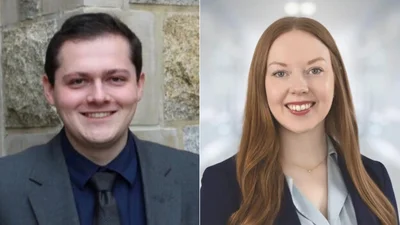The U.S. Environmental Protection Agency (EPA) recently awarded $184,000 to the Alaska Native Tribal Health Consortium as part of its plan to address unsafe drinking water in tribal schools and childcare facilities.
The funding is part of a $4.3 million grant for tribal communities nationwide under the EPA’s Voluntary Lead Testing in Schools & Child Care grant program, a Nov. 23 EPA press release said. The program seeks to reduce lead in the drinking water of tribally-operated child care and school facilities.
“We know that there is no safe level of lead for children, and with this funding, tribes will be able to help protect their children by making their schools and childcare centers healthier and safer,” EPA Region 10 Acting Regional Administrator Michelle Pirzadeh said in the release.
The participating facilities will use the EPA’s ‘3Ts’ (training, testing and taking action) for identifying sources of lead and removing them from the environment, the release said.
“The Alaska Native Health Consortium appreciates the opportunity presented by the EPA to work with schools and childcare facilities in rural Alaskan communities to identify, support and train on lead exposure in drinking water,” Manager of Utility Operations for ANTHC Francine Moreno said in the release. “Lead identification and education is the first step to reducing negative health impacts to our rural Alaska families and future generations.”
According to the EPA, the Federal Action Plan to Reduce Childhood Lead Exposures & Associated Health Impacts forms part of the president’s Task Force on Environmental Health Risk and Safety Risks to Children. The U.S. aims to become a place where children, especially those in vulnerable communities, are protected from lead exposure and its harmful effects.








